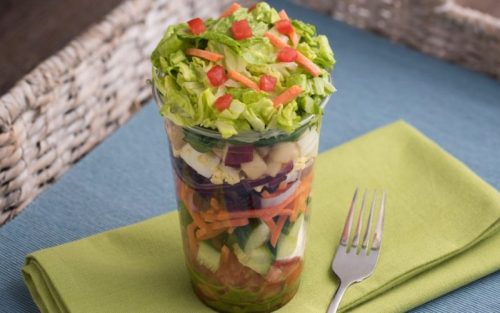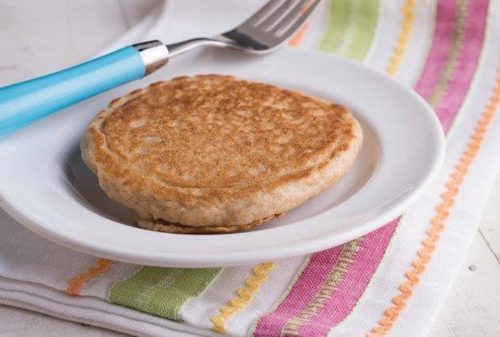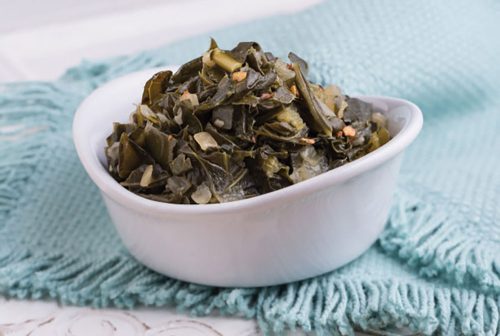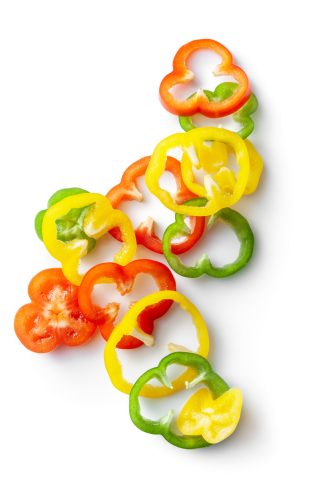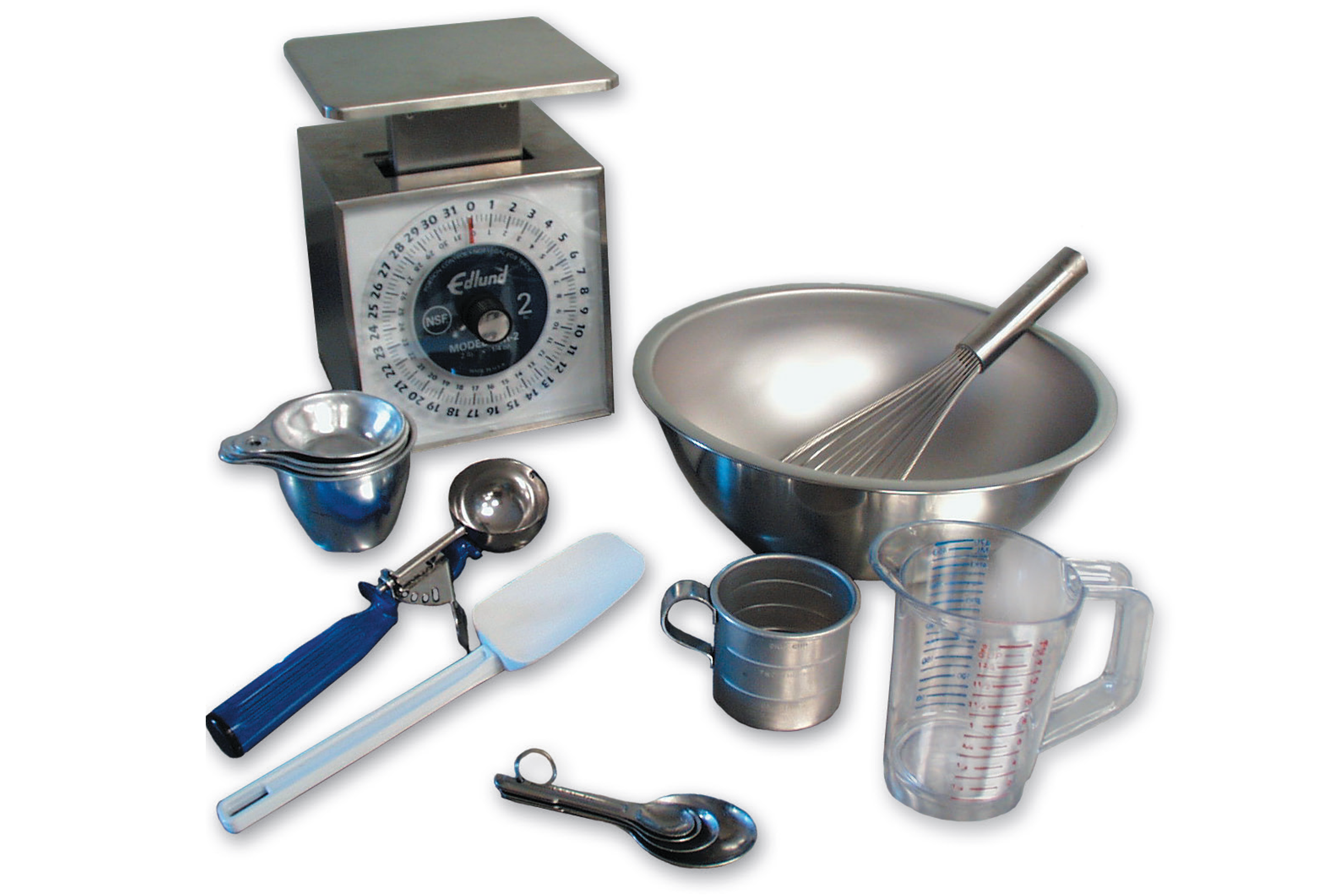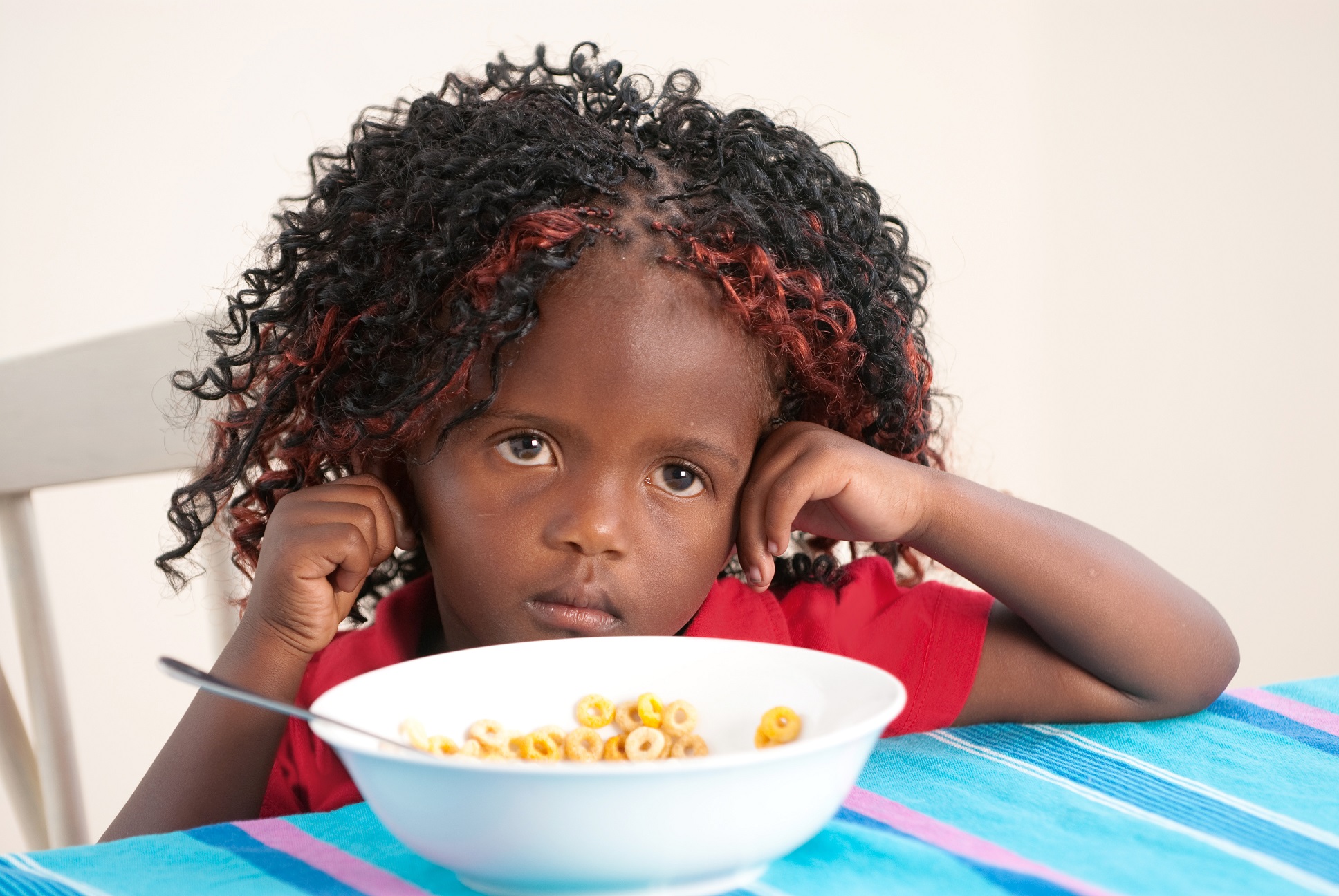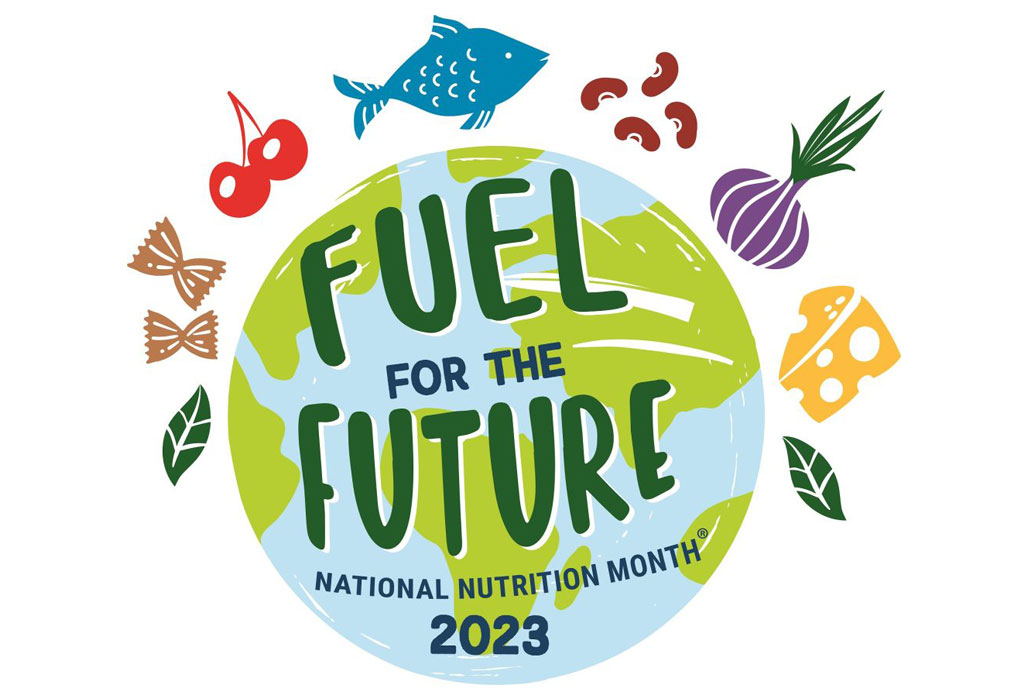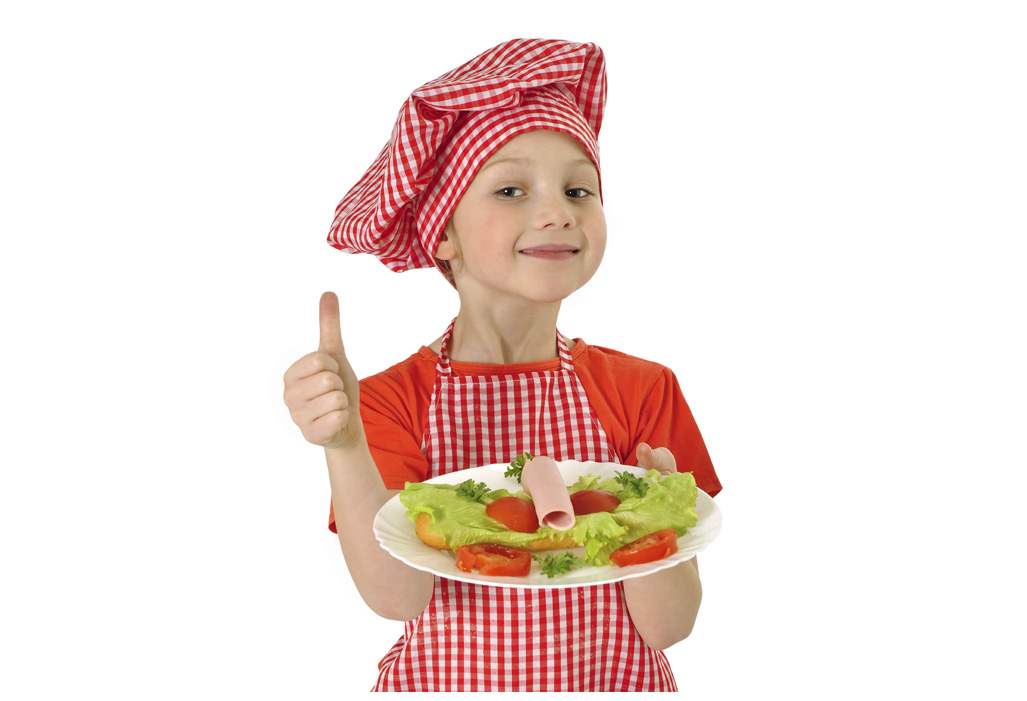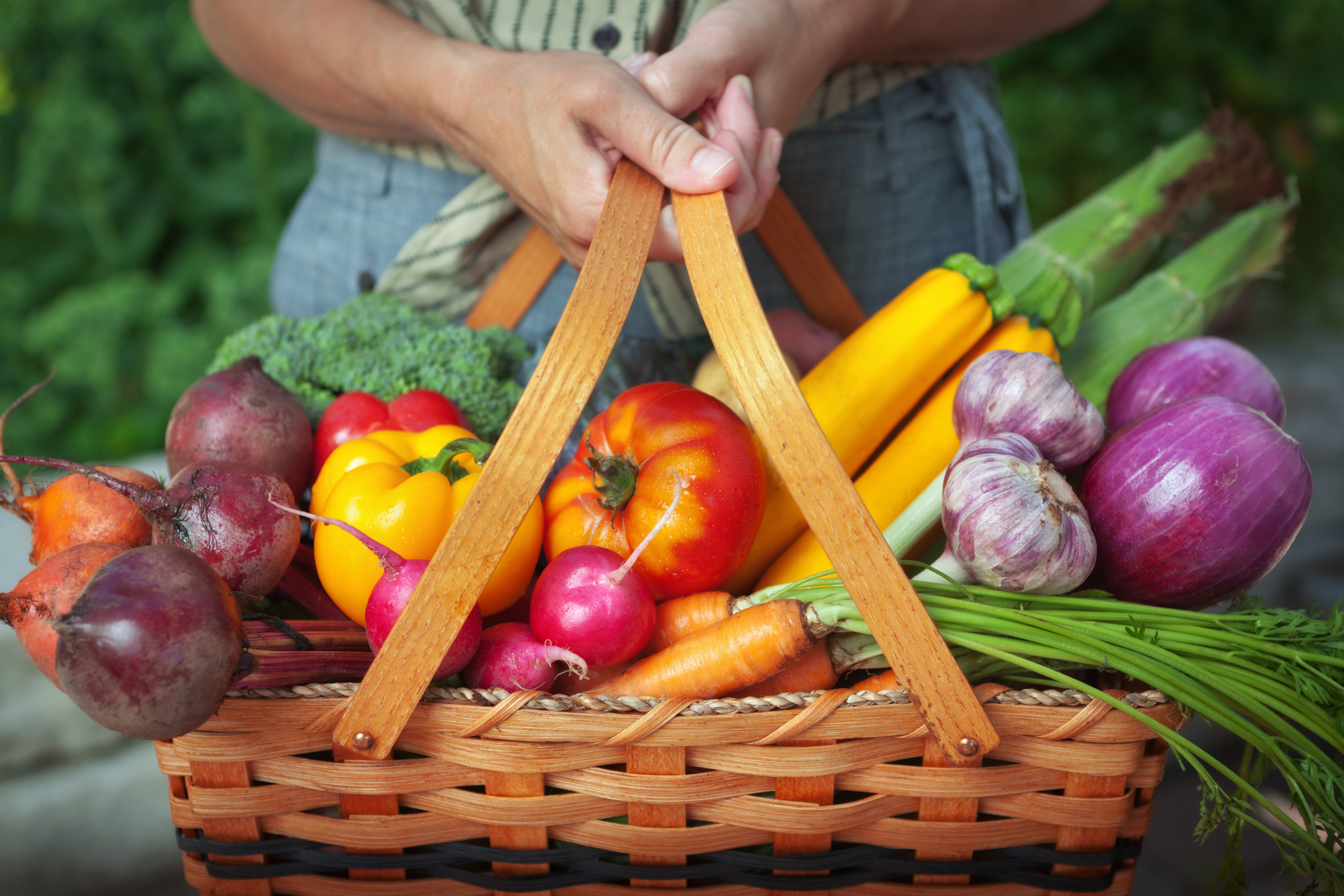
Have you ever eaten a fresh apple or a peach right off a tree? If so, you know seasonal produce is fresh and tastes delicious, making children more likely to eat it. In addition to great taste, buying seasonal products also helps sustain the local economy.
Seasonal fruits and vegetables may vary depending on where you live. It can sometimes seem overwhelming when figuring out where to purchase or how to use seasonal produce in your menus. The USDA Seasonal Produce Guide can help you explore when certain produce is most often in season. This Mealtime Memo will use the USDA Seasonal Produce Guide to give examples of incorporating seasonal produce.
Purchasing Seasonal Produce
Find the best place to purchase seasonal produce for your program. Below are some ways that might work for you.

- Community Supported Agriculture (CSA): This often requires you to purchase shares of food up-front and then pick it up during the harvest season. You may not always know what you will receive weekly, so menu planning may require flexibility.
- Cooperative Buying: In this method, you may partner with other child care programs to buy bulk from farmers to keep costs low.
- Farm Direct: Your program contacts a farm directly to determine where your needs and farm availability overlap. Then you can determine what you will purchase from the farm and when it will be available.
- Farmer’s Market: Most communities have weekly farmer’s markets where you can buy directly from farmers. The LocalHarvest website can help you find a farmer’s market near you.
- Grocery Stores: Many grocery stores will highlight local produce, which helps you know where the items are grown.
- Produce Suppliers: Many produce suppliers that serve large organizations offer local products.
You can find contact information, websites, and vendors for many of these purchasing methods in your area through the USDA Local Food Directories.
Cycle Menus and Seasonal Produce
A cycle menu is a series of menus planned and served for a period of time (for example, four weeks) and then repeated.

Cycle menus are easy to change once you plan them. A substitution can be as easy as using a seasonal version of a vegetable or fruit. For example, strawberries are often in season during spring; you can serve them as the fruit for a reimbursable CACFP lunch instead of another fruit listed on the cycle menu. Apples are more likely to be in season in the fall, so you can substitute them on the menu. Be sure to keep accurate records by marking any changes on your menu.
You can also substitute different forms of fruits and vegetables (fresh, canned, and frozen) to fit the season. For example, add local fresh strawberries to menus in spring and early summer, and frozen strawberries in the fall and winter.
If you need help creating a cycle menu, you can use ICN’s Cycle Menus for Child Care: Preschoolers. This resource provides cycle menus by season, with lighter food like salads in the summer and heartier options like soups and casseroles in the fall and winter. It also provides various ways to prepare and cook produce.
Easy Switches for Seasonal Produce
You can substitute different seasonal vegetables or fruits in the same recipe throughout the year, depending on when they are available locally. Substituting seasonal produce offers flexibility to your local farmers to bring you a different but similar product if your original requested item is unavailable. An example of this is a salad recipe that calls for leafy greens. If the original recipe calls for iceberg and romaine lettuce, you can adjust the recipe to use seasonal kale in the fall. In the Spring, you could use seasonal spinach.
Below is a table of possible seasonal substitutes for salads, sandwiches, and roasted vegetables. Don’t be tied to this list. The possibilities are endless! Remember, seasonal produce varies depending on where you live.
| Spring | Summer | Fall | Winter | |
|
Salads
|
Asparagus Avocados Broccoli Cabbage Carrots Celery Herbs Kale Kiwi Lettuce Mushrooms Onions Peas Radishes Spinach Strawberries |
Apples Apricots Avocados Beets Bell peppers Blackberries Blueberries Carrots Celery Cherries Corn Cucumbers Green beans Peaches Plums Raspberries Strawberries Summer squash Tomatoes Zucchini |
Apples Beets Bell peppers Broccoli Brussels sprouts Cabbage Carrots Cauliflower Celery Collard greens Cranberries Grapes Green beans Kale Lemons Kiwi Lettuce Limes Mushrooms Pears Peas Potatoes Radishes Raspberries Spinach |
Apples Avocados Beets Brussels sprouts Cabbage Carrots Celery Grapefruit Kale Kiwi Lemons Limes Onions Oranges Parsnips Pears Potatoes |
|
Sandwiches  |
Asparagus (thinly sliced) Avocados Cabbage Carrots (thinly sliced) Kale Lettuce Mushrooms Onions Radishes Spinach |
Apples (thinly sliced) Avocados Bell peppers Carrots (thinly sliced) Cucumbers Tomatoes Zucchini |
Apples (thinly sliced) Bell peppers Cabbage Carrots (thinly sliced) Kale Lettuce Mushrooms Pears (thinly sliced) Radishes Spinach |
Apples (thinly sliced) Avocados Cabbage Carrots Kale Onions Pears (thinly sliced) |
|
Roasted Vegetables 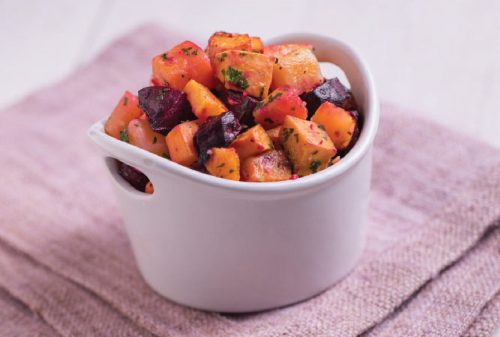 |
Asparagus Broccoli Carrots Onions Radishes Turnips |
Beets Bell peppers Carrots Eggplant Green beans Okra Summer squash Tomatoes Zucchini |
Beets Bell peppers Broccoli Brussels sprouts Carrots Cauliflower Green beans Kale Mushrooms Onions Parsnips Potatoes Pumpkin Rutabaga |
Beets Brussels sprouts Carrots Kale Leeks Onion Parsnips Potatoes Pumpkin Rutabaga Sweet potatoes/yams Turnips Winter squash |
Adjustments for Substitutions
Most of the time, substitutions should not affect meal pattern requirements. Remember that produce may vary in how much you need to purchase and prepare. Use the USDA Food Buying Guide for Child Nutrition Programs to ensure you buy enough products to meet the required serving sizes for your program.
Some substitutions may need minor adjustments to the cooking time. Be aware of these time differences when roasting or sautéing vegetables or making soups, stews, or stir-fry. For example, a stir-fry in the summer made with summer squash (zucchini or yellow squash) could take 5–10 minutes for the vegetables to become soft, but using butternut squash for stir-fry in the winter could require blanching before adding and will take longer. If you add more than one vegetable to your stir-fry, you may need to add them at varying times to accommodate the different cooking times.
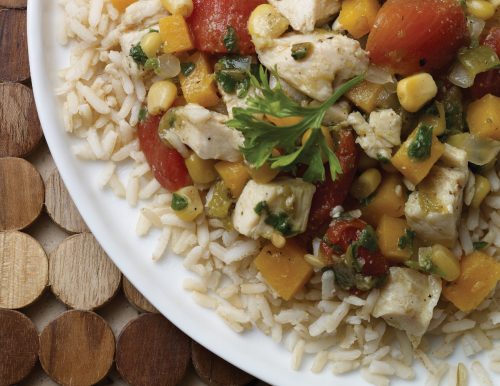
Menu Ideas
The following menu ideas offer opportunities to use different types of seasonal produce.
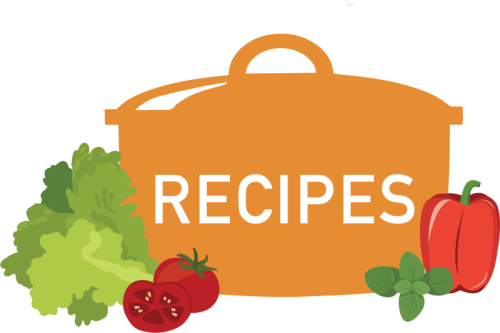
Recipes
- The Child Nutrition Recipe Box has USDA standardized recipes for child care centers and family child care homes.
- The Child Nutrition Recipe Box: New CACFP Lunch/Supper Recipes has standardized recipes per age group (3–5 and 6–18 year-olds) and for servings of 6, 25, and 50.

References
Institute of Child Nutrition. (n.d.). Child nutrition recipe box. https://theicn.org/cnrb/
Institute of Child Nutrition. (n.d.). Collard Greens – USDA recipe for child care centers. Child Nutrition Recipe Box. https://theicn.org/cnrb/recipes-for-centers-vegetables/collard-greens-usda-recipe-for-cacfp/
Institute of Child Nutrition. (n.d.). Pancakes – USDA recipe for child care centers. Child Nutrition Recipe Box. https://theicn.org/cnrb/recipes-for-centers-breakfast/pancakes-usda-recipe-for-cacfp/
Institute of Child Nutrition. (2022). Cycle menus for child care: Preschoolers. https://theicn.org/icn-resources-a-z/cycle-menus-for-child-care-preschoolers/ https://theicn.org/icn-resources-a-z/cycle-menues-for-child-care-preschoolers
LocalHarvest. (n.d.). Local harvest. https://www.localharvest.org/
Michigan State University Extension. (n.d.). Making Michigan recipes work from menu to tray. https://www.cultivatemichigan.org/sites/default/files/documents/MMRW-MenuPlanningGuide.pdf
U.S. Department of Agriculture, Agricultural Marketing Service. (n.d.). Local food directories. https://www.usdalocalfoodportal.com/#directories
U.S. Department of Agriculture, Food and Nutrition Service. (2022). Food buying guide for child nutrition programs. https://www.fns.usda.gov/tn/food-buying-guide-for-child-nutrition-programs
U.S. Department of Agriculture, SNAP-Ed Connection. (n.d.). Seasonal produce guide. https://snaped.fns.usda.gov/seasonal-produce-guide


